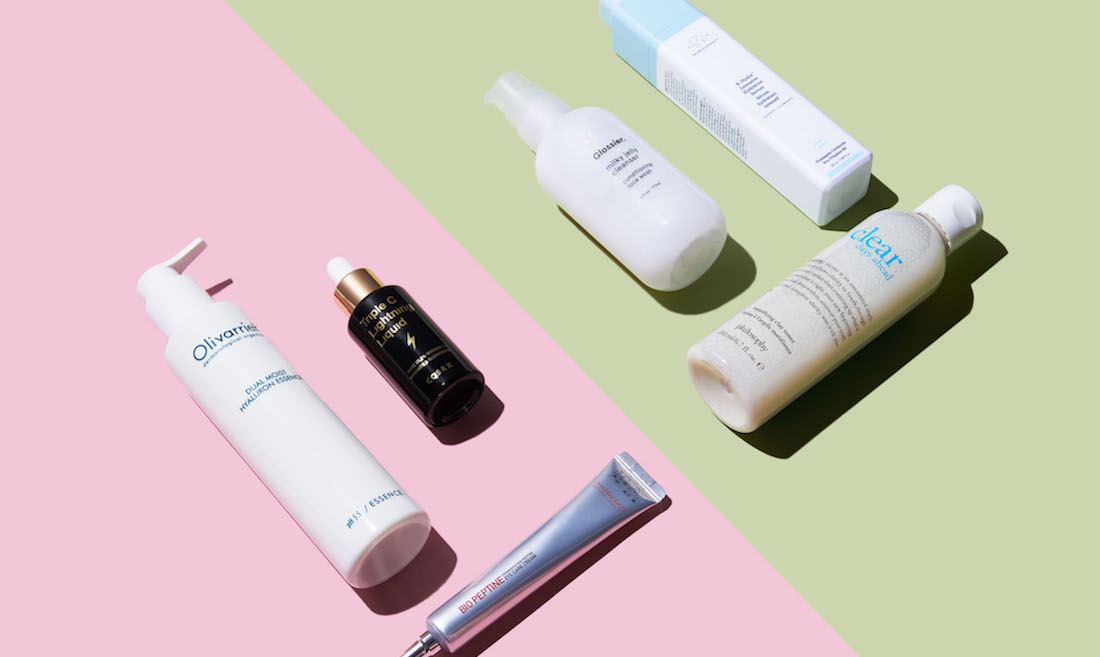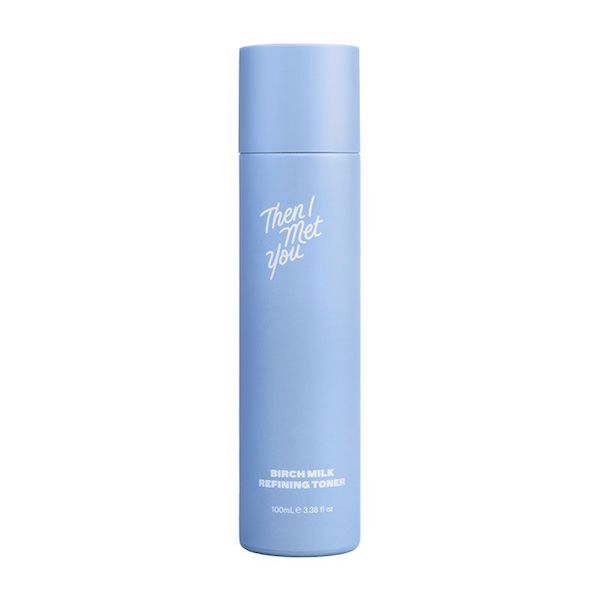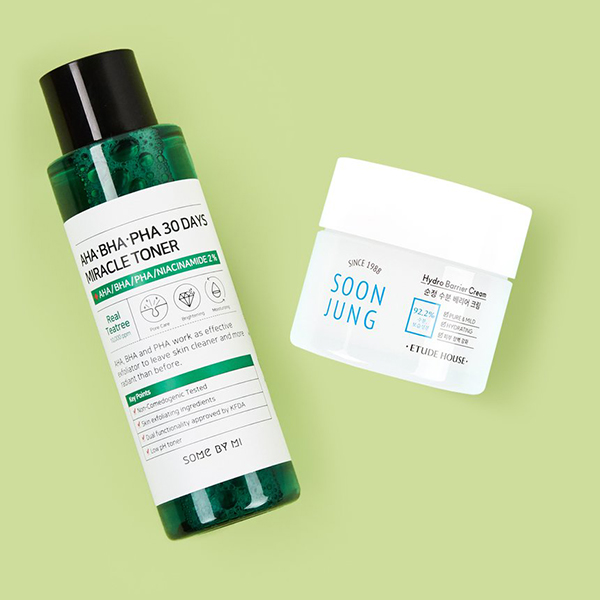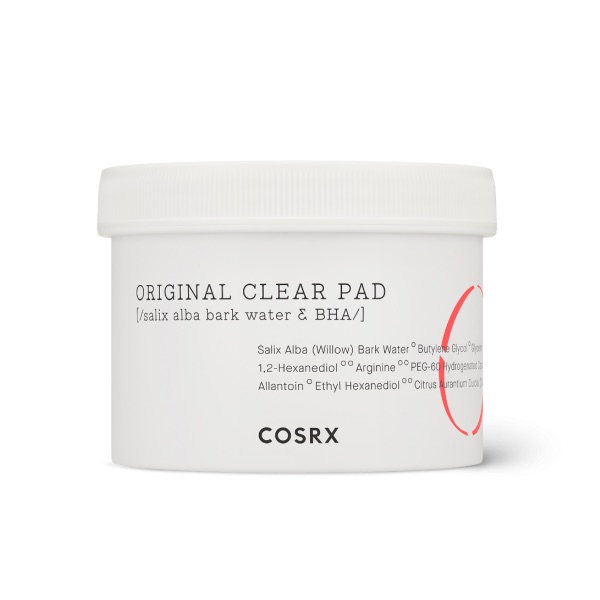Faced with the choice between a Korean or Western skin care product, which should you choose? Below, cosmetic chemists and a dermatologist discuss the key common differences between the two categories.
From innovations like cushion compacts to buzzy natural ingredients like cica, as well as the rise in clean, sensitive skin-friendly formulas, the influence that Korean beauty has had on Western brands over the past few years is undeniable.
On the flip side, as K-beauty brands appeal to a more global consumer base, we’re seeing discernible Western influences – like the use of chemical exfoliants and potent percentages of pure vitamin C – in new formulas.
But though the two categories are beginning to share more parallels, the differences in cultural philosophies and overall approach to skin care can still be seen in the way products are formulated.
RELATED: The Difference Between K-Beauty and American Sunscreen
“K-beauty’s priority is on maintaining a healthy skin barrier while many Western brands focus on problem solving,” says Gloria Lu, a skin care chemist and co-founder of Chemist Confessions. You might say that the former is more preventative, while the latter is more reactive. “It’s simply up to the [consumer] to decide what approach fits based on their needs,” she adds.
With that in mind, when you compare the ingredient lists of K-beauty and Western products, you’ll likely notice a discrepancy between the percentages of potentially sensitizing active ingredients used.
“Korean products pride themselves in creating hydrated, bright, glowing skin that focuses on skin nourishment and tend to avoid ingredients that may be drying or irritating,” says Dr. Y. Claire Chang, a board-certified cosmetic dermatologist at Union Square Laser Dermatology in NYC.
So instead of 15% to 20% or more glycolic acid (seen in formulas from brands like Drunk Elephant and The Ordinary), K-beauty products might contain just 4%.
RELATED: The Right Way to Incorporate Acids Into Your Routine
Victoria Fu, another skin care chemist and the other half of Chemist Confessions, points out that K-beauty brands also often use derivatives of active ingredients “that are meant to be a more gentle, stable alternative.” Examples are betaine salicylate and willow bark extract, two ingredients commonly used in place of salicylic acid in K-beauty. You can find both in the COSRX One Step Original Clear Pads.
This is not to say that K-beauty is less effective in targeting skin concerns though. First, it’s a misconception that a higher percentage of acids and the like is always better.
“We’re starting to see percentages of aggressive active ingredients such as acids get pushed higher and higher,” says Fu. “While yes, it is important to get the right concentration, every active has its own threshold. The more you push towards (or go over) that threshold, you’re compounding your chances for irritation. Trust us when we say, irritation is an added complexity you don’t want to spend your routine managing.”
Second, Dr. Chang notes that many of the most popular ingredients used in K-beauty are backed by scientific data. Anti-aging and brightening ingredients like niacinamide, licorice root extract, and ginseng have been proven to deliver noticeable results.
But because there are compelling benefits on both sides of the spectrum, we’re excited to see more brands marry Korean and Western skin care concepts.
Then I Met You co-founder Charlotte Cho told The Klog that when formulating the brand’s Birch Milk Refining Toner, she wanted to “create a gentle and hydrating formula that preps the skin with the perfect blend of chemical exfoliants so that it can be used daily.”
The Some By Mi AHA-BHA-PHA 30Days Miracle line is so popular because the products contain just enough of three types of chemical exfoliants to effectively improve skin texture and acne without irritation, plus a big dose of soothing and hydrating ingredients like centella asiatica and plant-based oils.
“Ultimately, maintaining a healthy, happy skin barrier is a great foundation to start but at the heart of a skin care routine is a skin concern,” says Fu. “Incorporating actives is the other half to the skin care routine equation.”
Shop some of our favorite products that contain the best of both worlds below!

















